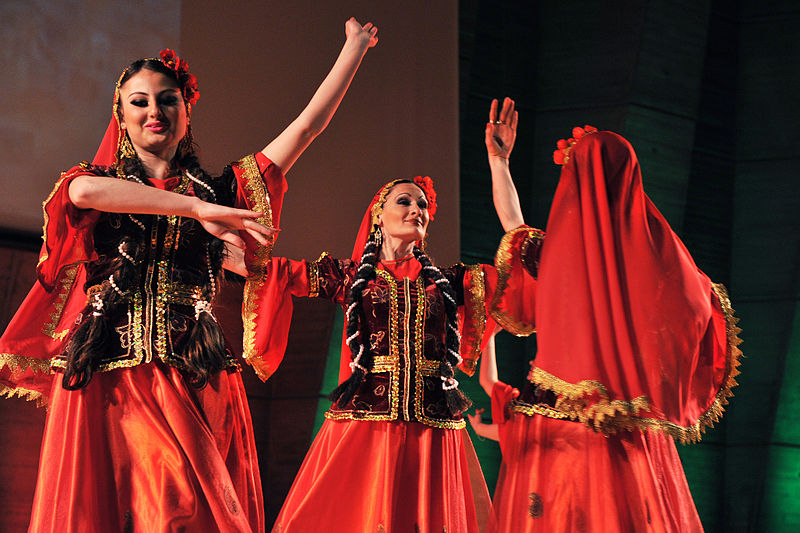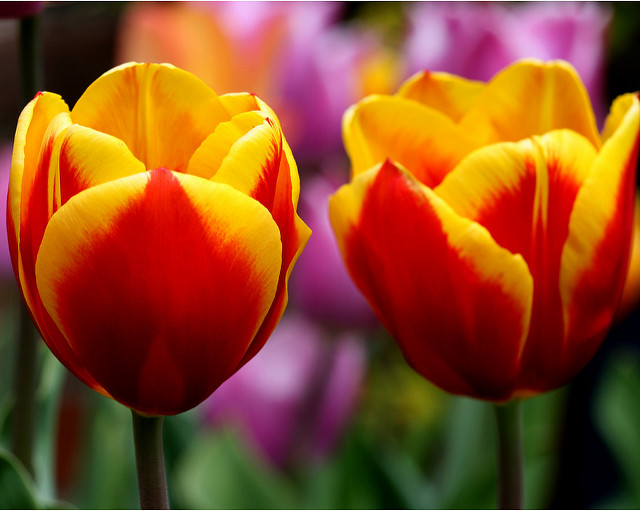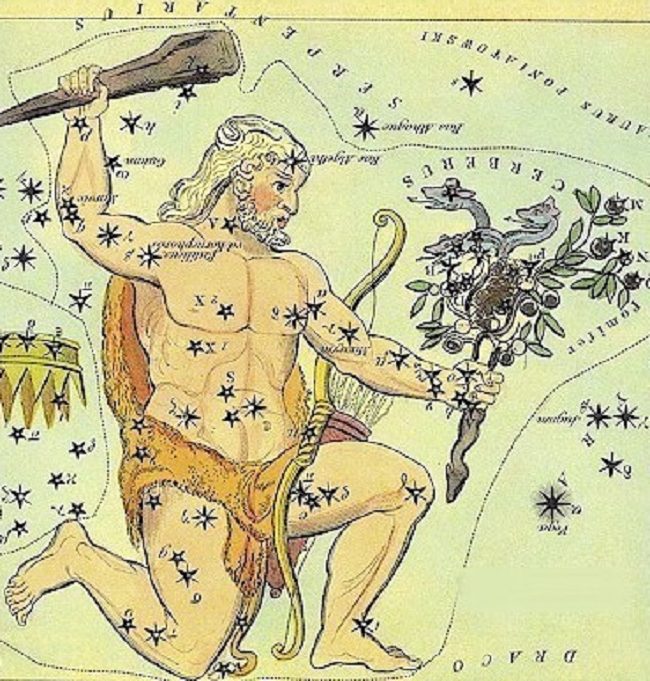The Symbolism of Renewal
Article By Jean Grunfeld
 As we approach the Vernal or Spring Equinox (First Day of Spring) once more, human beings today and over millennia have found various ways to note and celebrate the renewal of Nature’s cycle. The Spring Equinox in the Northern Hemisphere takes place every year on or around 21 March. In 2023, the Spring Equinox will take place on 20 March at 9.24pm (Greenwich Mean Time). The seasons on Earth change because the planet is tilted on its axis as it travels around the sun. At the time of the Equinox, the sun crosses the Earth’s equator from south to north producing the equal duration of day and night. Vernal (from the Latin ver meaning Spring) means “of the Spring” and “new” and “fresh”, like Spring itself, and Equinox is derived from the Latin, aequus meaning “equal” and nox meaning “night”.
As we approach the Vernal or Spring Equinox (First Day of Spring) once more, human beings today and over millennia have found various ways to note and celebrate the renewal of Nature’s cycle. The Spring Equinox in the Northern Hemisphere takes place every year on or around 21 March. In 2023, the Spring Equinox will take place on 20 March at 9.24pm (Greenwich Mean Time). The seasons on Earth change because the planet is tilted on its axis as it travels around the sun. At the time of the Equinox, the sun crosses the Earth’s equator from south to north producing the equal duration of day and night. Vernal (from the Latin ver meaning Spring) means “of the Spring” and “new” and “fresh”, like Spring itself, and Equinox is derived from the Latin, aequus meaning “equal” and nox meaning “night”.
The meaning of the word ‘symbol’ derives from ancient Greek and literally means “to put together”, “token used in comparison to determine if something is genuine” and “sign”. In English, the word ‘sign’ is often used in its exoteric sense to describe a mark or shape that always has a particular meaning, for example in mathematics or music, or to indicate directions to a specific place. The word ‘symbol’ can be used exoterically too to refer to, for instance, mathematical or musical symbols, but it can also mean a thing that represents or stands for something, often a material object representing an abstract and ineffable idea or ideas. Symbols can be objects, characters or colours which are used to represent abstract ideas in order to comprehend the essence of something and the invisible or spiritual world.
From a symbologist’s point of view, Spring symbolizes Rebirth, since Spring is when plants sprout, flowers bloom, birds lay eggs and animals give birth or, in other words, Nature is reborn. It is seen as Nature’s way of coaxing humanity to renew itself and initiate new projects and fresh ideas. Love symbolizes Spring since the weather grows warmer and lighter and people can go out and interact freely with festivities taking place. Animals feel the change in weather and procreate. Youth is a symbol of Spring because everything is new, strong and young. Spring also symbolizes spiritual rejuvenation and many religions have ceremonies that encourage the adoption of a fresh, motivated outlook on faith. For instance, Christianity and the Easter holiday and the Baha’is who see Spring as a time for rejuvenation and intense rapture.
Our culture’s main symbols of Spring are baby rabbits, baby chicks, lambs, eggs and flowers, which are rooted in Christian symbolism and, it is believed, in pre-Christian pagan fertility festivals. One theory is that the symbol of the rabbit stems from pagan tradition, specifically the festival of Eostre – a goddess of fertility whose animal symbol was a rabbit or hare. Rabbits are known for their energetic breeding and traditionally have symbolized fertility and new life.
All over the world and in different civilizations, such as the Mayan culture of the first millennium C.E. and eighteenth-century China, the rabbit and the moon are often linked as symbols of the cyclical nature of life, the ever-recurring conjunction of darkness and light and death and rebirth. In all life, a duality is present and when considering the idea of renewal or rebirth, neither can exist without death. Every month the moon becomes invisible only to become a shining, full moon again. The rabbits, in their turn, live in the shadow of death since they are prey to many animals but continue to survive primarily because of their exceptional birthing capacity. The ancient Greeks considered the rabbit to be a token of love and depicted rabbits around the Goddess of love and beauty, Aphrodite.
At Easter, Christianity honours the resurrection or revival of Jesus Christ three days after his death by crucifixion. In death and in resurrection, Jesus redeemed humanity from sin and conquered death. Through his sacrifice in taking the sins of mankind upon himself and dying on the cross, he freed human beings from the power of the Devil so we could be redeemed and spiritually renewed in our relationship with God.
The Baha’i faith was founded in nineteenth century Persia – now Iran – and grew out of the Shi’ite branch of the Muslim faith. The Baha’i Festival of Naw-Ruz (meaning New Day) starts the Baha’i year on the first day of Spring. For Baha’is, the Naw Ruz is sacred, suffused with the symbolism of spiritual renewal or humanity’s “spiritual springtime”. The Naw-Ruz coincides with the Spring equinox and the Baha’is celebrate it with prayer and a feast of hospitality and rejoicing, sharing their hopes and aspirations for the forthcoming year. They regard the Naw-Ruz as a transformation of the Spring equinox into a universal celebration of the oneness of humanity.
The Naw-Ruz is and has been celebrated by the Zoroastrians as New Year’s Day for over 3,000 years in Iran and the Persian diaspora. It is celebrated as a feast day and the arrival of Spring is seen as a victory over darkness or a victory of good over evil and life over death.
The word ‘myth’ derives from the ancient Greek word mythos, meaning ‘story’ or ‘speech’. It refers to stories that human beings orally handed down prior to the stories being recorded in writing. However, myths are not just stories, but serve a deeper purpose in ancient and modern cultures. Myths explain the world and man’s experience of it and are as relevant to us today as to our ancient ancestors. Myths answer timeless questions and act as a compass to each generation. They may teach human beings to understand the mysteries of Nature and their relationship with it, the reason behind creation, the moral virtues and right from wrong. Myths contain many symbols and those symbols are a vehicle for communicating reality through an idea or ideas.
In ancient Greek myth, Persephone was the daughter of Zeus, King of the Gods, and Demeter, the Goddess of harvest and fertility. When Persephone grew up, she attracted the attention of many Gods and protective Demeter kept all Gods away from her daughter. One of the most persistent suitors was Hades, the middle-aged and dark God of the Underworld, who immediately fell in love with Persephone’s youth and beauty. Hades went to his brother, Zeus, and told him that he wanted to marry Persephone and Zeus obliged but knew that Demeter would never let Persephone marry Hades. The brothers planned for Hades to abduct Persephone when she and Demeter descended to Earth and whilst Demeter was tending to her earthly duties: providing mortals with food and teaching them to cultivate wheat. The plan was successfully carried out. When Demeter discovered her daughter’s abduction, she was distraught and neglected her duties and caused the Earth to wither and die.
Zeus knew he had to intervene to save a starving humanity and sent Hermes, the messenger of the Gods, to retrieve Persephone from the Underworld and find out whether she stayed with Hades against her will. When Hermes arrived, he met with a radiant Queen of the Underworld. Hades had treated her with respect and compassion and gradually, Persephone had fallen in love with Hades. Hermes requested Persephone to return with him to her mother and Persephone was conflicted between the love for her mother and for her husband. Hades craftily ensured that Persephone ate a few seeds of a pomegranate, which was the food of the Underworld, before she left. In Greek mythology, it was believed that if someone ate food given to them by their captor, they would always return. Persephone returned with Hermes to Mount Olympus and Zeus asked her where she would like to live. Persephone said she wanted to return to her husband in the Underworld. Demeter was infuriated and made it clear that if Persephone did not return to her, Demeter would not tend the Earth again. Zeus therefore decided that Persephone should spend six months with her mother and six months in the Underworld with Hades. When Persephone was with her husband and away from her mother, this time of year became autumn and winter. When Persephone returned to her mother, this signalled a renewal of hope and the Earth enjoyed the seasons of spring and summer. Her return represented the rebirth of splendour and abundance and Earth once again became fertile and fruitful. Thus, Persephone became Goddess of Spring but also Queen of the Underworld, thereby symbolizing the duality of life and death. The myth of Persephone explains the eternal cycle of Nature’s death and rebirth or renewal.
So when you catch yourself admiring some fresh bloom or blossom in the days ahead, consider the universality of human experience and myth and reflect on the timeless symbols of renewal.
Image Credits: By Jamie _ Nakamura | pixabay | CC BY PD
The entity posting this article assumes the responsibility that images used in this article have the requisite permissionsImage References
By Jamie _ Nakamura | pixabay | CC BY PD




What do you think?